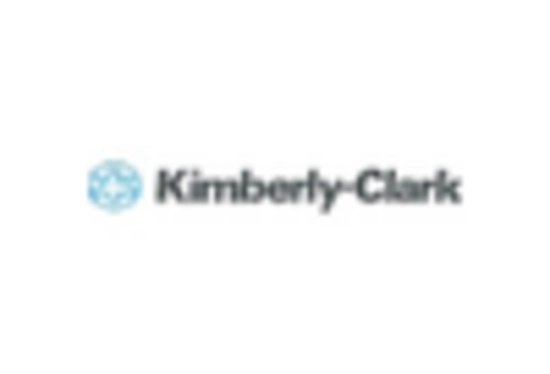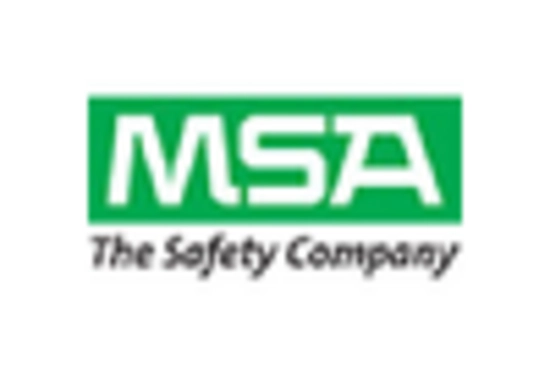Market Trends
Key Emerging Trends in the Face Shield Market
In this fast-changing Face shield Market, positioning is critical if businesses are aiming to dominate their competitors' shares. This sector has experienced rapid growth driven by increased awareness about personal protective equipment (PPE) during the worldwide pandemic period. Different manufacturers use several tactics to make their face shields stand out while capturing the attention of interested users who desire effectiveness but comfort as well. Considering diverse applications and consumer budgets, Pricing strategies form part of key decision criteria for selecting brands' products among many other available alternatives. Alternatively, certain manufacturers prefer higher charges, making their items more long-lasting than others. Finally, some entities apply competitive prices, thereby making their face shields affordable to most consumers. Brand image is very important within The Face Shield Market because it tells people whether they can trust the product from a particular company. Safety characteristics such as compliance with safety standards, clarity of vision, and comfort are often accentuated by the manufacturer in their marketing campaigns. The creation of positive brand images attracts new customers while creating loyalty among people who seek dependable face protection; this has led to continued growth in market share. Distribution channels are key factors for reaching the target audience or buyers in The Face Shield market. Companies select retail partners, which could include medical supply stores, pharmacies, or online platforms strategically. This is a platform that can be used to reach out to global customers, thus adapting to changing consumer preferences. Popular online markets' visibility and partnerships with health facilities increase market coverage. In the Face shield Market, innovation is a major driving force, with firms continuously exploring fresh materials and designs. The changing demands of consumers for adaptable and comfortable protective gear have led to face shields designed for specific users' needs, such as children or athletes, as well as those with adjustable headbands or ventilation features. Consequently, market leaders are individuals who keep up with trends, introducing innovative, user-friendly products that guarantee reliable face protection. Additionally, collaborations and partnerships play a strategic part in positioning market share in different segments. Collaborating with healthcare organizations, government authorities, or influencers on co-branded products and endorsements can increase brand exposure and legitimacy. For instance, teaming up with retailers for exclusive releases or bulk supply agreements helps foster strong market partnerships, leading to increased demand and potentially larger market shares.









Leave a Comment